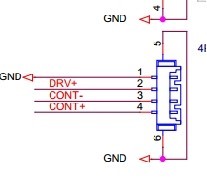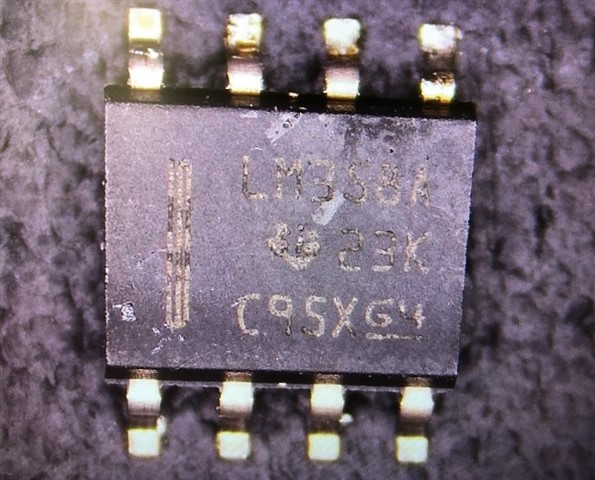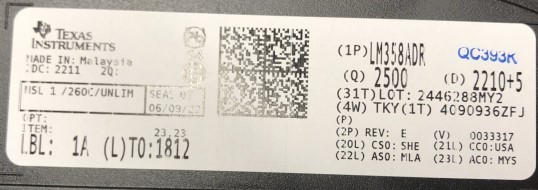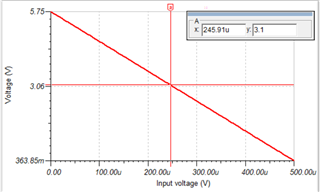Other Parts Discussed in Thread: LM358, TLV9002, LM2904
Hello,
One customer bought LM358A from TI website for his camera application, but he found that the output voltage is lower than actual output, it is about 2.36~2.42V, but it should output 2.8V. He bought 2500pcs 10-300-0325-01 LM358ADR, and spot check 125pcs, the failed rate is 100%, and the silkscreen is 23K.




Best regards
Kailyn




